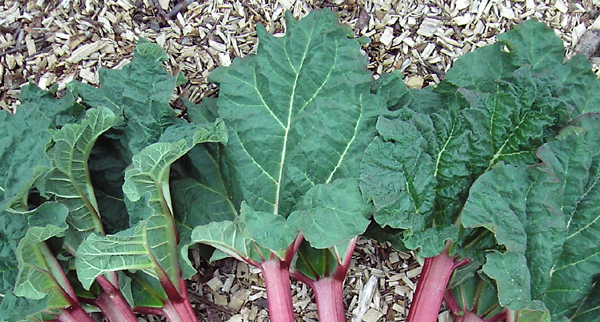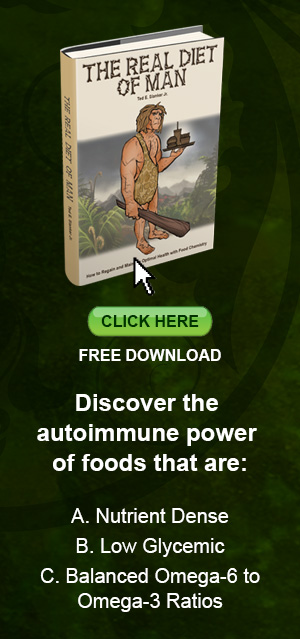Organically Grown Poisonous Plants
Column #82 March 17, 2017
Even people who don’t care about nutrition complain about food being contaminated with manmade agricultural pesticides. The universal belief is that’s why people get sick. What consumers don’t realize is that there are far more ominous threats in the foods they eat.
Would you eat a salad made with organically grown leaves? The leaves are a tremendous source of oxalic acid! Unfortunately that acid produces symptoms such as a burning sensation in the mouth and throat, breathing difficulties, diarrhea, eye pain, nausea, stomach pain, vomiting, weakness, red urine, kidney stones, seizures, and can lead to coma.
All plants produce protective measures for their sustainability. Some measures are toxic (chemical) others are physical (thorns, fine hairs, etc.). Their toxins, like agricultural applications, can be called pesticides (a blanket term for insecticides and herbicides).
Toxicology is a study of the nature, effects, and detection of poisons. In toxicology, LD (lethal dose) is an indication of the lethal toxicity of a given substance. Dose matters. For example, a small quantity of causes discomfort while a lot can be deadly.
Below is a short list of popular decorative or food plants that are classified as poisonous. Some have low LD ratings and some are very high. Depending on the plant, its poison can be in the leaves, stems, seeds, fruit, and/or roots. All will be poisonous even when grown organically. How many do you recognize?
Daffodils, Angel’s Trumpet, White Snakeroot, Monkshood, Lima Beans, Cassava Root, Nutmeg, Kidney Beans, Chocolate (cocoa beans), Tomato, Cherries, Apricots, Peaches, Plums, Potatoes, Apple, Cashews, Asparagus, Oleander, European Yew, Larkspur, Mango, Mistletoe, and Elderberry. There are many more plants including some we all recognize such as Hemlock, Poison Oak, etc..
For decades toxicologists, nutritionists, biologists, and others have struggled to inform the general public about food safety. For the most part their efforts have failed because of mass hysteria, misguided beliefs, and myths. Their messages about EPA limits for agricultural pesticides being far below the levels of natural pesticides have seldom been heard. And rarely does a nutritional study require “organic” because toxicity levels between organic and conventional foods are inconsequential.
Since plants have natural toxins, if animals didn’t have some resistance to contaminants they’d quickly become extinct. So even though the natural toxins in edible plants are in greater concentrations than EPA standards allow for agricultural applications, obviously they are safe to eat or they wouldn’t be edible. This is why conventionally grown plants are just as safe as organic. Also, keep in mind that in agriculture “organic applications” work because of their chemistry and some are actually manmade.
While everyone is worried about benign agricultural applications, they face monumental health risks from eating certain organically grown edible plants and meats. That’s because they ignore food chemistry as measured by glycemic indexes, nutrient diversity and density, and essential fatty acid balances.
People just do not understand these fundamental basics of nutrition. Instead they focus on the pleasures and convenience of eating and refuse to avoid high glycemic foods and drinks, nutrient lite foods, and foods with unbalanced essential fats. Foods in those categories are what cause chronic diseases over time. The result is that, as a nation, we spend over 15% of our GNP on treating the symptoms of chronic disease. Just think of the financial and human waste that results from this ignorance. Isn’t it time for some proactive activism?
To your health.
Ted Slanker
Ted Slanker has been reporting on the fundamentals of nutritional research in publications, television and radio appearances, and at conferences since 1999. He condenses complex studies into the basics required for health and well-being. His eBook, The Real Diet of Man, is available online.
Don’t miss these links for additional reading:
Dietary Pesticides (99.99% All Natural)
Nature's Chemicals and Synthetic Chemicals Comparative Toxicology
Pretty, Deadly: 8 Toxic Plants Commonly Grown in Midwest Gardens
10 Everyday Fruits and Vegetables That Are Poisonous
List of Poisonous Plants From Wikipedia




